Rising Healthcare Costs
The escalating costs associated with cancer treatment are driving the demand for generic oncology drugs. As healthcare expenses continue to rise, patients and healthcare systems are increasingly seeking more affordable treatment options. The Generic Oncology Drug Market is positioned to thrive in this environment, as generics typically offer substantial cost savings compared to their branded counterparts. Reports indicate that the use of generic drugs can lead to significant reductions in overall healthcare spending, making them an attractive choice for both patients and providers. This trend suggests that the Generic Oncology Drug Market will continue to grow as stakeholders prioritize cost-effective solutions in oncology care.
Increasing Incidence of Cancer
The rising incidence of cancer worldwide is a primary driver for the Generic Oncology Drug Market. As cancer cases continue to escalate, the demand for effective and affordable treatment options intensifies. According to recent statistics, cancer is projected to affect millions annually, leading to a significant increase in healthcare expenditures. This trend compels healthcare providers and patients to seek cost-effective alternatives, thereby bolstering the market for generic oncology drugs. The Generic Oncology Drug Market is likely to benefit from this growing patient population, as more individuals require access to essential medications that can alleviate the financial burden associated with cancer treatment.
Patent Expirations of Key Oncology Drugs
The expiration of patents for several blockbuster oncology drugs has opened the door for generic alternatives, significantly impacting the Generic Oncology Drug Market. As patents lapse, generic manufacturers can enter the market, offering lower-cost versions of previously exclusive medications. This transition not only enhances competition but also provides patients with more affordable treatment options. For instance, the patent expiration of major cancer therapies has led to a surge in generic drug approvals, which in turn has contributed to a more accessible oncology treatment landscape. The Generic Oncology Drug Market is poised to expand as these generics gain traction among healthcare providers and patients alike.
Government Initiatives to Promote Generics
Government initiatives aimed at promoting the use of generic drugs are significantly influencing the Generic Oncology Drug Market. Various countries have implemented policies to encourage the development and approval of generics, recognizing their role in enhancing patient access to essential medications. These initiatives often include streamlined regulatory processes and financial incentives for manufacturers. As a result, the Generic Oncology Drug Market is likely to experience accelerated growth, as more generic oncology drugs receive approval and enter the market. This supportive regulatory environment fosters competition and drives down prices, ultimately benefiting patients who require cancer treatment.
Growing Awareness and Acceptance of Generics
There is a notable increase in awareness and acceptance of generic drugs among patients and healthcare providers, which is positively impacting the Generic Oncology Drug Market. As education regarding the efficacy and safety of generics spreads, more patients are willing to consider these alternatives to branded medications. This shift in perception is crucial, especially in oncology, where treatment costs can be prohibitively high. The Generic Oncology Drug Market stands to gain from this trend, as increased acceptance leads to higher utilization rates of generic oncology drugs. Consequently, this growing awareness may contribute to a more sustainable and equitable healthcare system for cancer treatment.



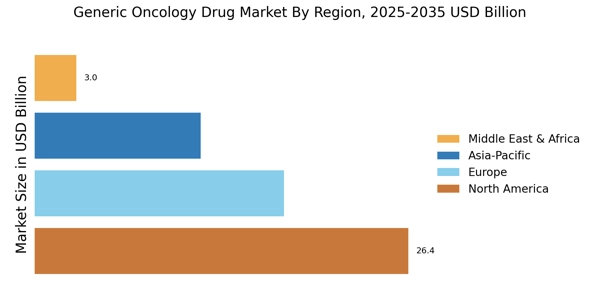

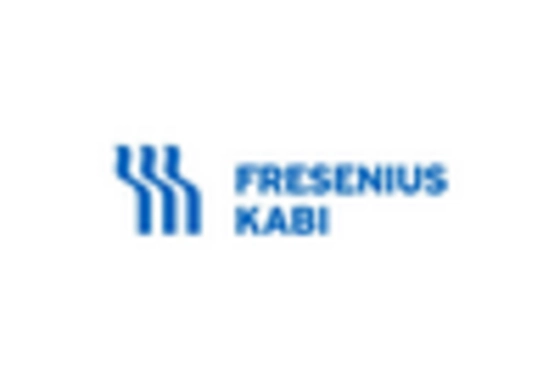
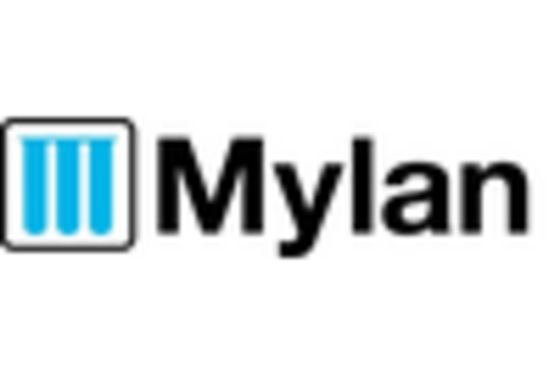
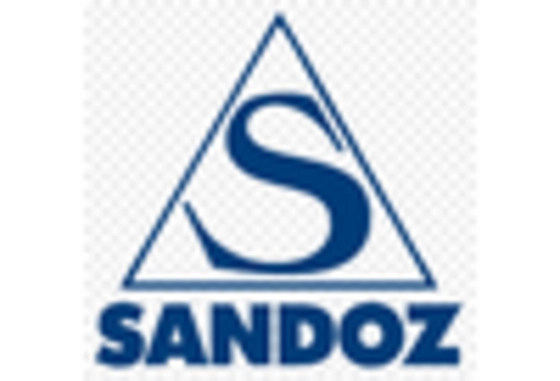
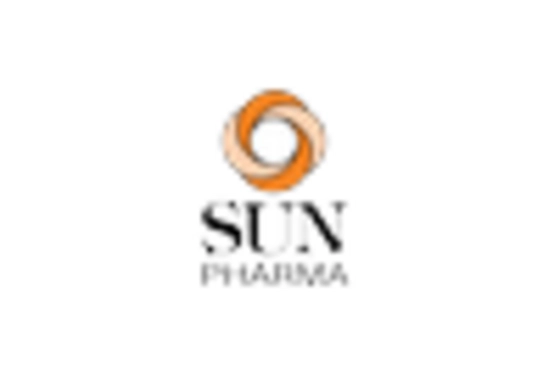
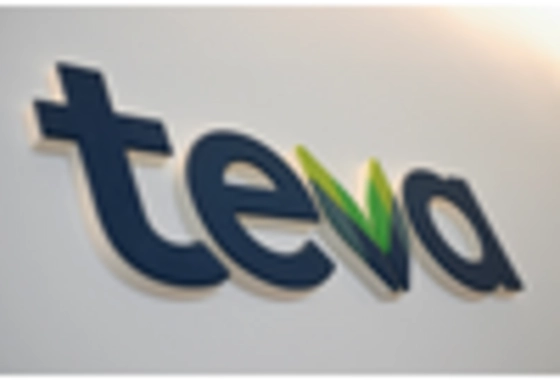








Leave a Comment